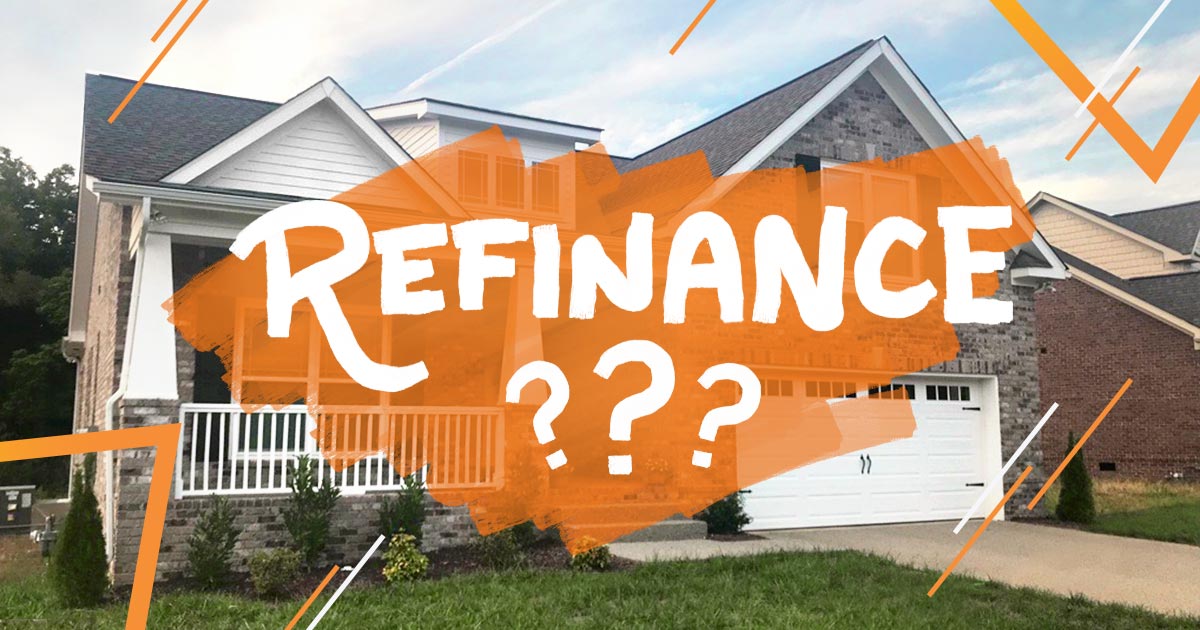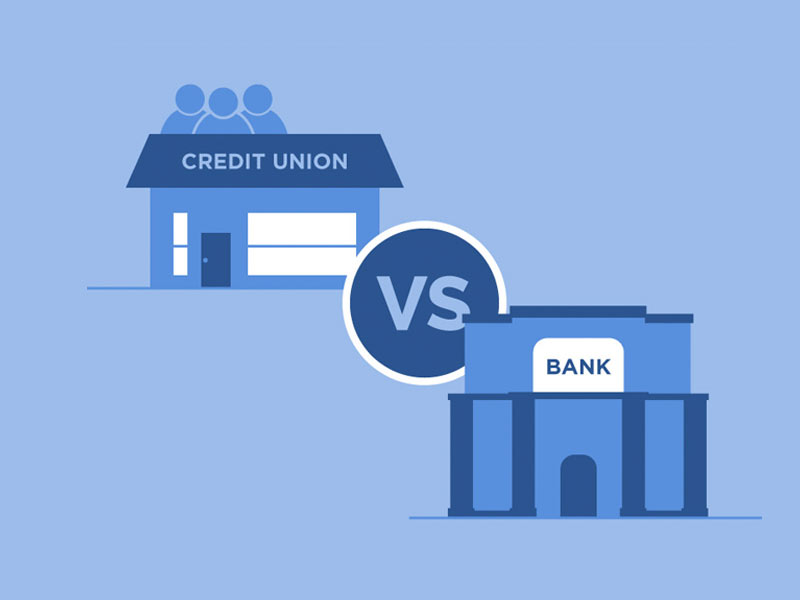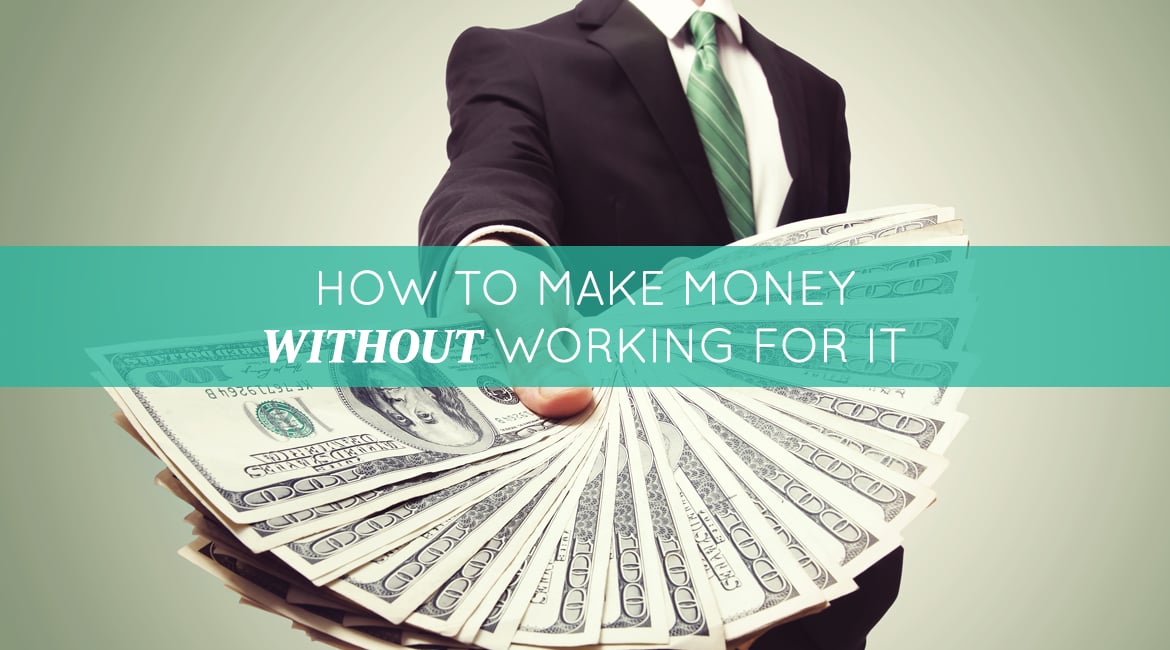Should I Refinance My Mortgage Now?

If you’ve got a mortgage, it’s almost definitely one of your biggest financial burdens. And while experts expect mortgage interest rates to increase in 2021, they are still relatively low compared to where they were before the pandemic. That means it could still be a good time for you to refinance and save. Right now, the average interest rate for a 30-year fixed-rate refinance is 3.32%, while a 15-year fixed-rate refinance comes with an average interest rate of 2.68%. Even if we’re no longer seeing the rock-bottom rates from the middle of the pandemic, homeowners looking to refinance can still find significant savings. Here’s why now might be an ideal time for many to refinance and how to know if a refinance is right for you.
This article discusses the following info :
- What New Lower Interest Rates Mean for You
- What is Refinancing?
- How Does Refinancing Work?
- What is a Good Mortgage Refinance Rate?
- Why You Should Refinance Now
- When to Refinance Your Mortgage
With interest rates steadily rising from the rock-bottom they hit during the beginning of the COVID-19 pandemic, the window of opportunity for getting the most savings out of current refinance rates is rapidly closing. Although mortgage rates are continuously in flux from week to week and unexpected drops or increases sometimes happen, the general trend points to rising interest rates in the near future. Despite this, however, interest rates are still below pre-pandemic levels, so those looking to finance may still be able to get a good deal if they act soon.
Refinancing a mortgage is when you take out a new loan to replace your existing one. You’ll keep your current house, but you’ll have a new mortgage with potentially different terms. Common reasons to refinance:
- Getting a lower interest rate
- Moving from an adjustable-rate to a fixed rate
- Eliminating PMI, or private mortgage insurance
- Shortening the term of your mortgage so you can pay it off sooner
- Increasing the term of your mortgage to lower your monthly payment
When you refinance your mortgage, you’re getting a new loan to replace your existing mortgage. You’ll have to go through many of the same procedures of getting a new house: applying for a loan, underwriting, home appraisal, and closing. The difference is that instead of shopping for a new house, you’ll keep your current home.
Just like when you apply for a mortgage for a new house, you’ll need to submit an application and meet lender requirements in areas such as credit score, debt-to-income ratio, and employment history. When you refinance, you can choose to go with your original lender or find a new one. You’ll also need to have enough equity in your home — typically at least 20% — to qualify for a refinance.
Keep in mind that you’ll also need to pay closing costs and fees, which can be 3%-6% of the loan’s value. This can add up to thousands of dollars, so crunch the numbers to ensure the money you’ll save in interest exceeds the closing costs.
There’s no set standard for a “good” refinance rate. Generally, a refinance rate should be at least 1% lower than your current mortgage rate for a refinancing to make sense, but you’ll need to crunch the numbers to truly understand whether a refinance makes sense for you.
One way to do this is to calculate the break-even point. Since closing costs and fees can require a hefty amount upfront, you want to make sure that the money you’re saving with a lower interest rate is greater than the amount you’re paying to refinance. By calculating the break-even point, you can see how long it’ll take to recoup the upfront costs for a refinance.
If you decide to refinance, make sure to shop around with multiple lenders to find the best refinance rates. And keep in mind that even though average interest rates are low right now, the specific rates you may get will depend on personal factors like your credit score and debt-to-income ratio.
If a refinance is part of your financial plans, now is an ideal time to do it. Here are two reasons why you should refinance right now.
Today’s refinance rates are no longer at the rock-bottom level of the early months of the pandemic, but they can still be a good deal compared to pre-pandemic times. However, experts predict interest rates will rise, so the window of opportunity may be closing soon. The sooner you lock in a rate, the more likely you are to save.
In 2020, the pandemic-induced recession and the resulting economic uncertainty caused some homeowners to hold off on refinancing. Because the refinancing process can take several months to complete, those worried about job stability may have felt it best to wait until things were more stable. Economic recovery is on the horizon. Those who might not have been in a position to refinance last year may now have the chance.
To determine if you should refinance, crunch the numbers yourself. “I think it’s a good time to refinance if it’s right for your financial situation,” says Michael Chabot, SVP of residential lending at Draper & Kramer Mortgage Corp. Look for savings of at least a half percent and make sure you feel extremely confident you’ll be able to cover your new monthly payment for the life of the loan.
Also, make sure that you’re planning to stay in your house long enough to recoup the refinance cost. It might not be worth spending thousands of dollars in closing costs to refinance a house you’re planning to sell soon.
Ultimately, the best time to refinance is the time that works best for your personal financial circumstances and goals. If you can get a lower interest rate and afford the closing costs, a refinance could help you save on your monthly payment. But if you’re not feeling certain about your finances or your plans for your house in the coming months, it could make sense to wait a bit to explore a refi.
Latest Articles





